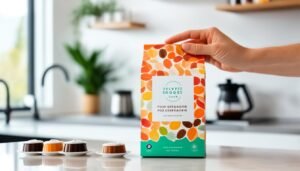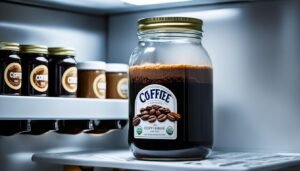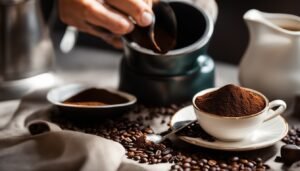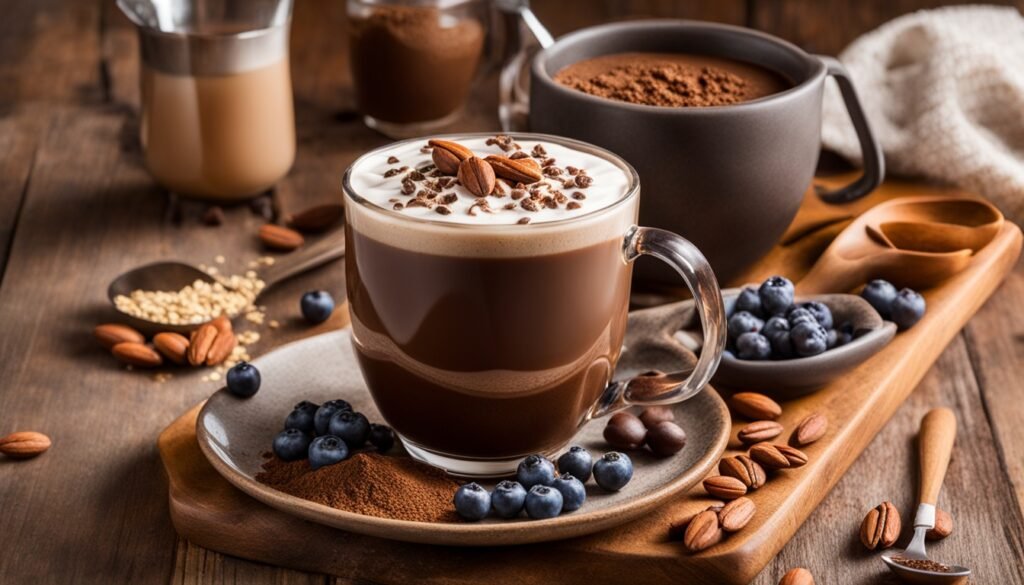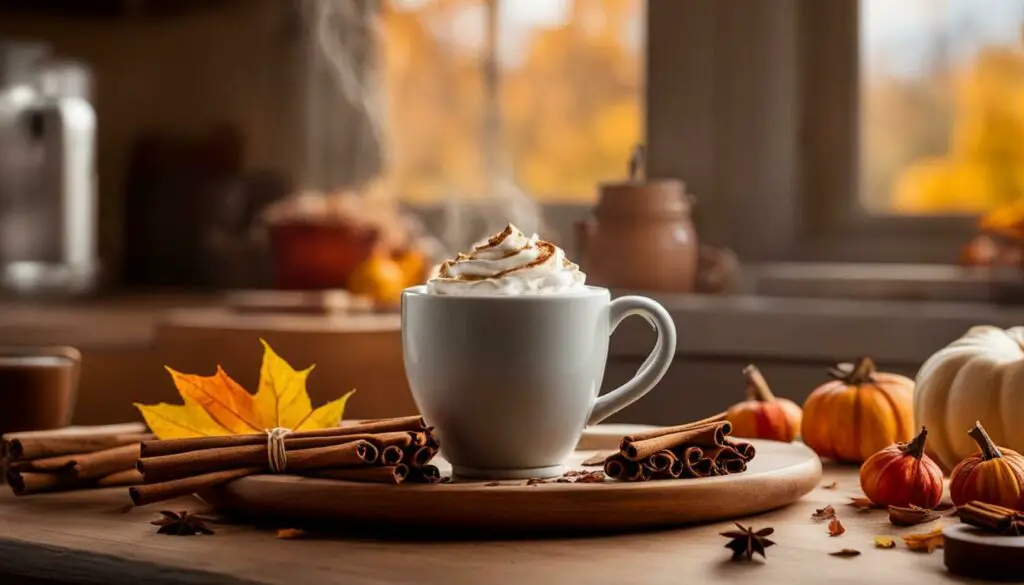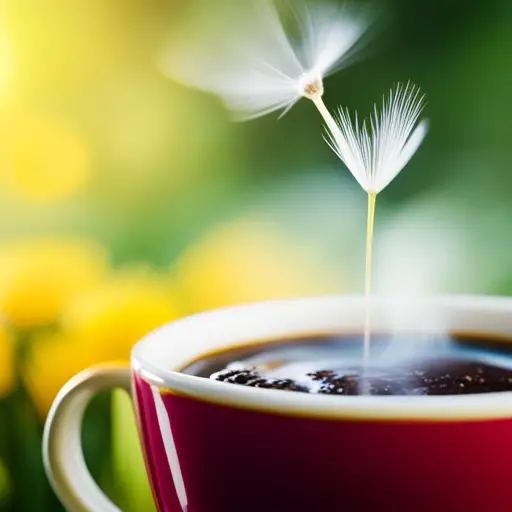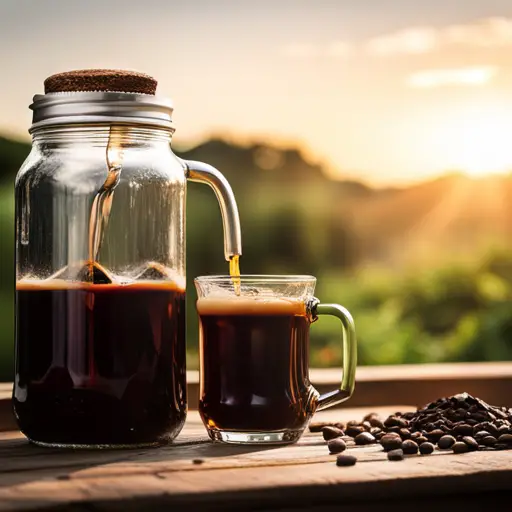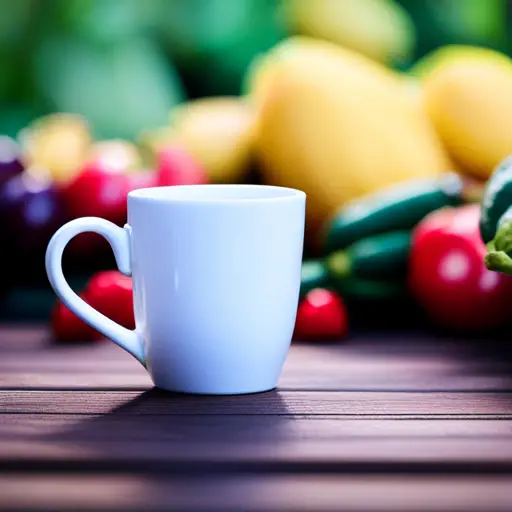For many of us, coffee is the lifeblood that gets us going in the morning. But sometimes, that morning cup of Joe just isn’t strong enough to give us the kick we need. Fortunately, there are ways to brew stronger coffee that will provide a more robust and satisfying experience.
In this article, we’ll explore various tips and techniques that you can use to brew a more robust cup of coffee. Whether you’re a fan of pour-over, drip, or French press brewing methods, we’ve got you covered. Read on to discover the secrets of brewing stronger coffee.
Adjusting Grind Size
If you want to brew a stronger cup of coffee, adjusting the grind size is a great place to start. The grind size of your coffee beans impacts the strength and flavor of your brew. Finely ground coffee, for example, tends to create a stronger brew than coarsely ground coffee, as it exposes more surface area of the coffee bean to the water.
| Grind Size | Brewing Method | Strength of Coffee |
|---|---|---|
| Extra Fine | Espresso | Strongest |
| Fine | Aeropress, Pour Over | Strong |
| Medium | Drip Coffee Maker | Moderate |
| Coarse | French Press | Mild |
For a stronger cup of coffee, use a finer grind size for your brewing method. To adjust the grind size, use a burr grinder and follow these steps:
- Refer to the manufacturer’s instructions for your burr grinder to make sure you adjust it correctly.
- Start with a medium grind size and adjust one level at a time to avoid overdoing it.
- Always test the grind size with a small batch of coffee before committing to a full brew.
A finer grind size may extract more flavor and caffeine, but be careful not to overdo it, as it can also cause the coffee to become too bitter. Experimentation is key to finding the right balance for your perfect cup of strong coffee.
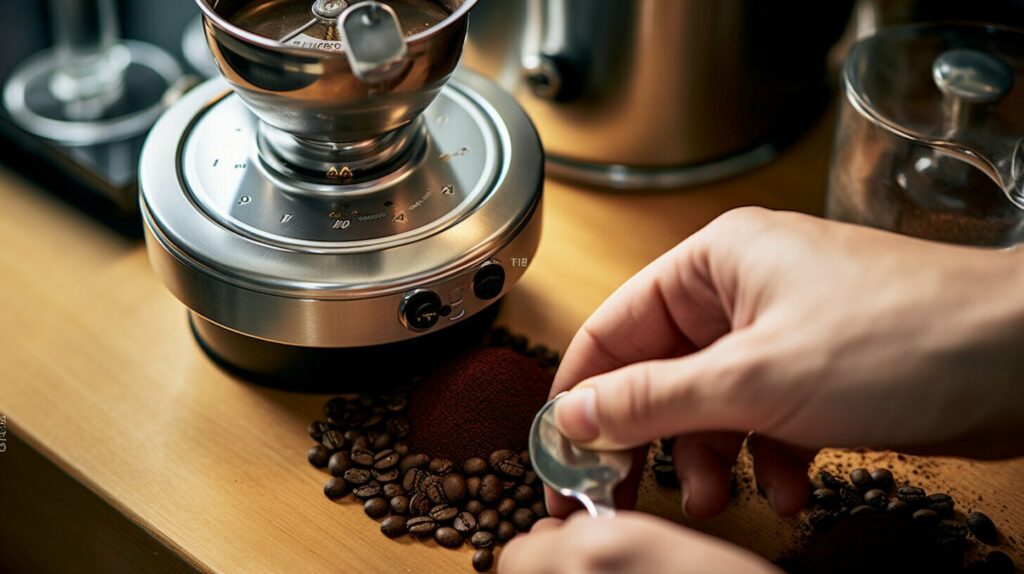
Using More Coffee Grounds
One of the easiest and most effective ways to make your coffee stronger is to use more coffee grounds per cup. By increasing the coffee-to-water ratio, you can extract more flavor and caffeine from the beans, resulting in a bolder and more robust cup of coffee.
To measure the right amount of coffee grounds, use a kitchen scale to weigh out the desired amount of coffee, typically around 1 to 2 tablespoons per 6 ounces of water. You can also experiment with using more or less coffee to fine-tune the strength to your liking. Keep in mind that using too much coffee can result in a bitter or overpowering taste.
| Amount of Coffee | Water Volume | Coffee Strength |
|---|---|---|
| 1 tablespoon | 6 ounces | Mild |
| 1.5 tablespoons | 6 ounces | Medium |
| 2 tablespoons | 6 ounces | Strong |
Aside from adjusting the amount of coffee used, you can also experiment with different types of coffee beans to achieve a bolder flavor. Dark roasts tend to have a stronger and more robust taste compared to lighter roasts, so consider trying out a French or Italian roast for a more potent cup of coffee.
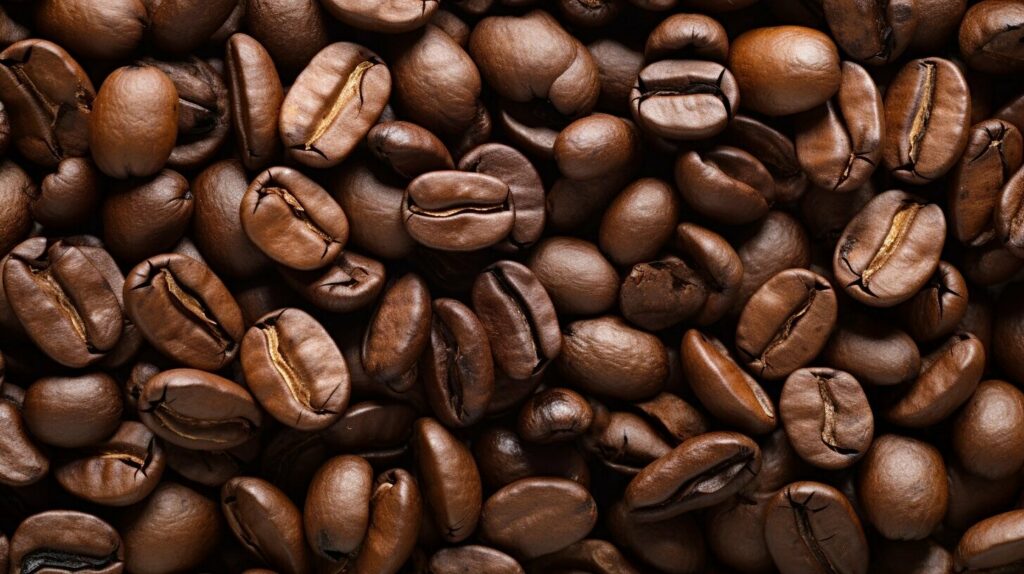
Keep in mind that using more coffee grounds will result in a stronger brew, but also a higher caffeine content. If you’re sensitive to caffeine, it’s best to consume coffee in moderation and avoid drinking it too late in the day to prevent disrupting your sleep.
Maximizing Coffee’s Caffeine Content
For many coffee drinkers, the strength of their brew is directly related to the amount of caffeine it contains. If you’re looking for a bolder kick, there are several techniques you can use to maximize the caffeine content of your coffee.
Using Darker Roast Beans
One of the simplest ways to increase the caffeine content of your coffee is to use darker roast beans. Darker roasts generally have less water content and a higher concentration of caffeine than lighter roasts. However, keep in mind that darker roasts may also have a stronger, more bitter flavor profile that may not be to everyone’s taste.
To find the right balance between caffeine content and flavor, experiment with different roast levels and brewing methods to see what works best for you.
Exploring High-Caffeine Brewing Methods
Another way to increase the caffeine content of your coffee is to use brewing methods that extract more caffeine. For example, espresso contains a higher concentration of caffeine per ounce than drip coffee because it’s brewed under high pressure.
Cold brew, which involves steeping coffee grounds in cold water for an extended period of time, can also result in a higher caffeine content. The slow extraction process allows for more caffeine to be absorbed into the water.
Understanding the Relationship Between Caffeine and Strength
It’s important to note that caffeine content doesn’t always correlate with the perceived strength of a coffee. For example, a lighter roast with a higher caffeine content may still taste weaker than a darker roast with a lower caffeine content.
This is because the perceived strength of a coffee is influenced by factors like flavor intensity, body, and mouthfeel, in addition to caffeine content. To truly achieve a stronger coffee, it’s important to experiment with all of these factors and find the right combination for your personal taste preferences.
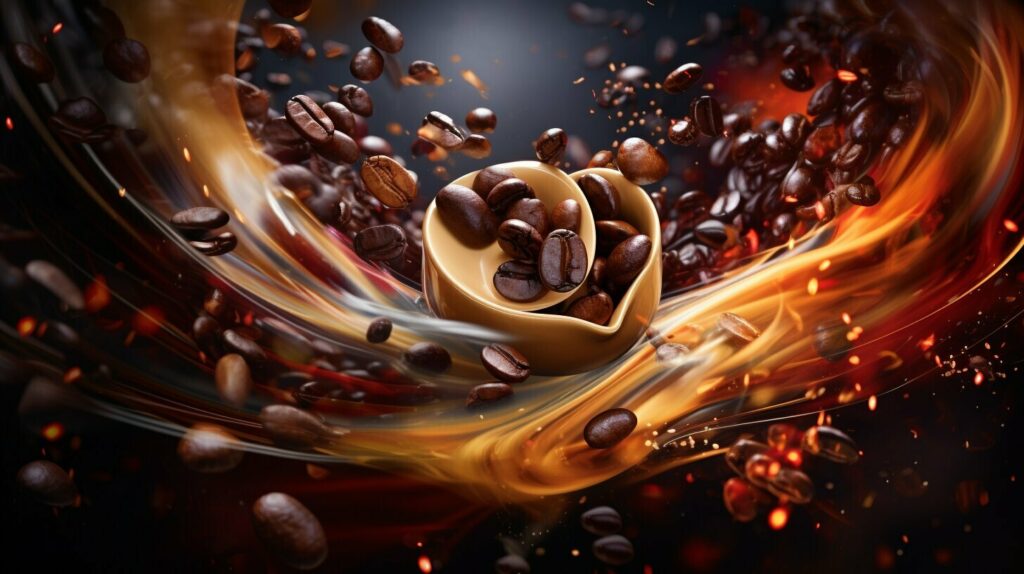
When it comes to brewing stronger coffee, understanding the relationship between caffeine and strength is an important piece of the puzzle. By using darker roast beans, exploring high-caffeine brewing methods, and taking into account factors beyond caffeine content, you can achieve a bolder cup of coffee that’s rich in both flavor and caffeine.
Steeping Techniques for Stronger Coffee
If you’re looking for a bolder, more robust coffee flavor, the steeping method can make a significant difference. Different steeping techniques, such as French press, cold brew, and espresso, can all yield a stronger cup of coffee with varying flavor profiles.
French press coffee is made by steeping coarsely ground coffee beans in hot water for several minutes, then pressing the plunger to filter out the grounds. This method yields a rich, full-bodied coffee flavor that can be easily adjusted by varying the steeping time and grind size.
Cold brew coffee, on the other hand, is made by steeping coffee grounds in cold water for several hours or overnight. This method results in a smoother, less acidic coffee with a stronger caffeine kick.
Espresso, made by forcing hot water through finely ground coffee beans under high pressure, produces a concentrated and intense coffee flavor. This method is a popular choice for those seeking a bold and flavorful kick.
Experiment with different steeping methods to find the one that best suits your taste and brewing style. Remember to use high-quality beans and adjust the steeping time and grind size to achieve the desired strength and flavor.
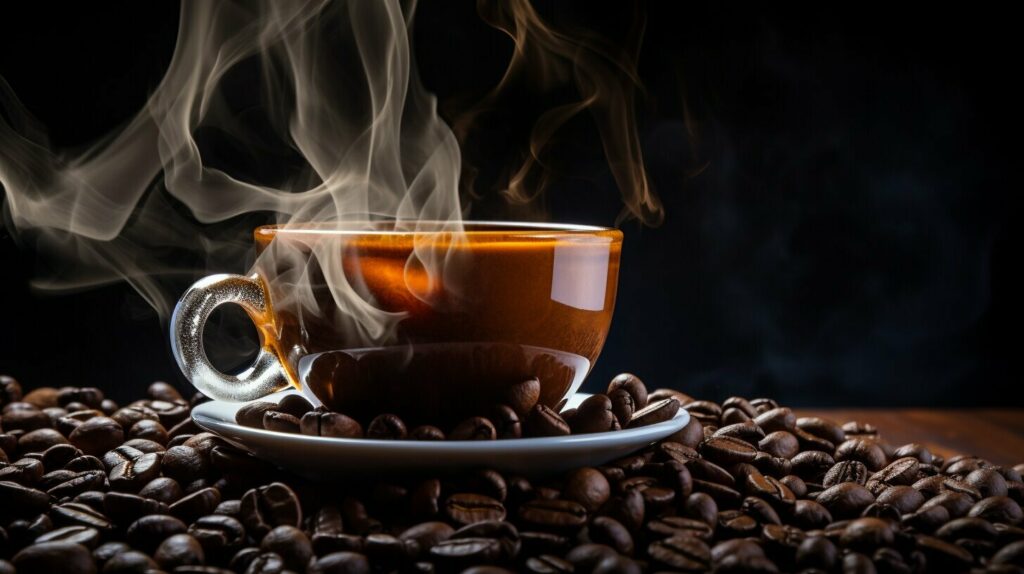
Amplifying Coffee’s Richness and Boldness
If you’re looking to take your coffee experience to the next level, you may want to consider amplifying the richness and boldness of your brew. Here are some tips to help you achieve a bolder coffee taste:
- Experiment with spices: Adding spices like cinnamon, cardamom, nutmeg, or ginger to your coffee grounds can elevate the flavor profile and add a new dimension to your brew. Simply mix the spices with your coffee before brewing, or sprinkle them over your finished cup. Start with a small amount and adjust as desired.
- Adjust brewing temperature: The temperature at which you brew your coffee can impact its strength and flavor. For a bolder cup, try brewing at a slightly higher temperature and see how it affects the taste. Just be careful not to scorch your beans.
- Experiment with water-to-coffee ratio: As we’ve discussed, the amount of coffee you use per cup can greatly impact the strength and richness of your brew. Try adjusting the water-to-coffee ratio to find your perfect balance. You may find that using a bit more coffee grounds per cup yields a richer, bolder flavor.
These are just a few ideas to get you started on your journey to a bolder coffee taste. Don’t be afraid to get creative and experiment to find your perfect cup of Joe.
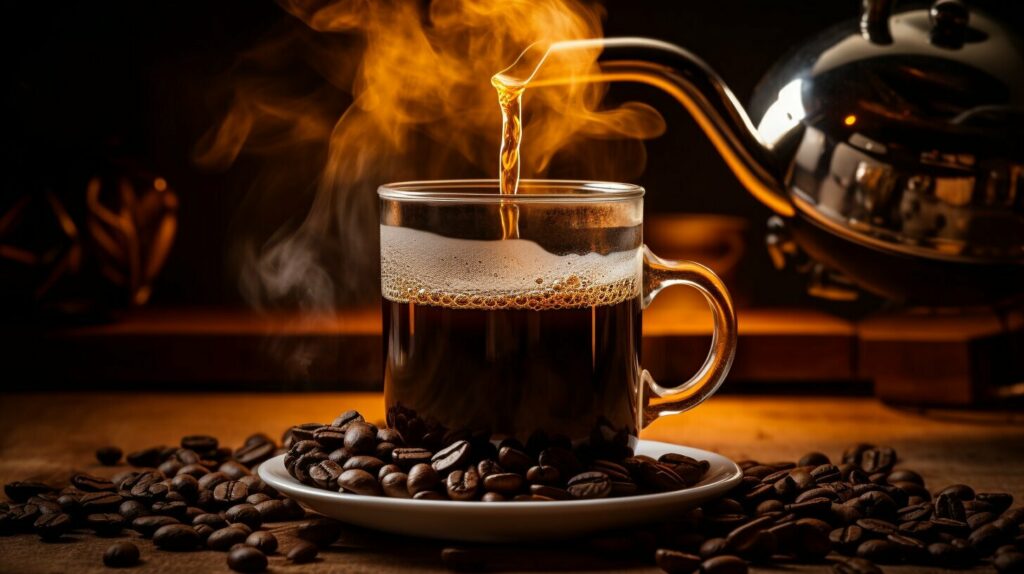
“Coffee is a language in itself.”- Jackie Chan
Enhancing Coffee Flavor and Potency
If you’re looking to enhance the overall flavor and potency of your coffee, there are a few key factors to keep in mind.
First, the quality of your water can make a big difference. Consider using filtered water, which can remove impurities and lead to a cleaner taste. Additionally, make sure you’re using fresh, high-quality coffee beans and storing them properly in an airtight container away from light and heat.
If you’re looking to add some extra flavor to your coffee, consider experimenting with ingredients like cinnamon, chocolate, or vanilla extract. These can add a unique twist to your brew and enhance the overall taste and aroma.
Another way to increase potency is to use a longer steeping time or hotter water temperature when brewing. However, be sure to experiment carefully and not burn the coffee beans or extract unwanted bitterness.
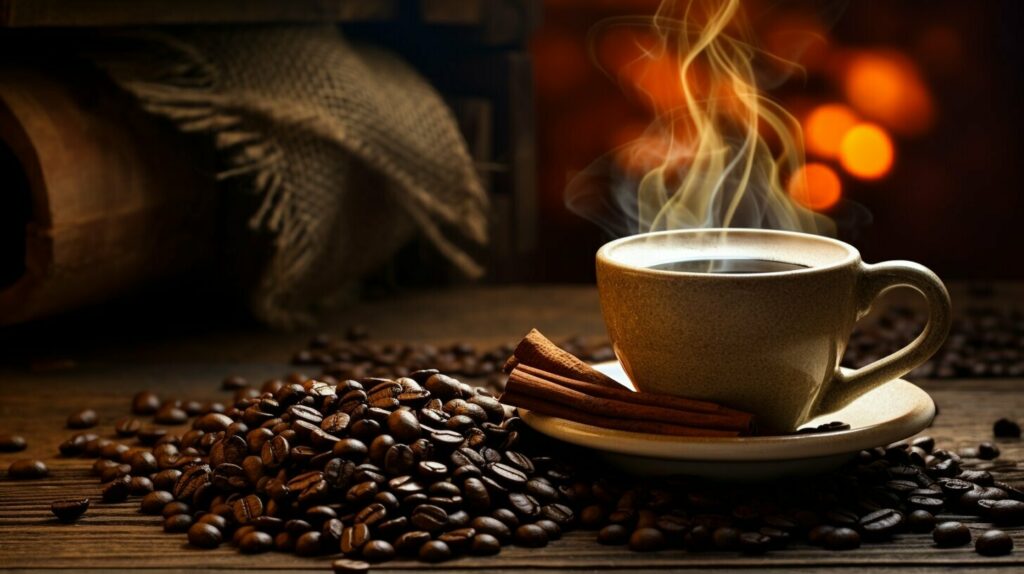
Troubleshooting Weak Coffee
Weak coffee can be frustrating, especially when you’re in need of a strong pick-me-up. However, with a little troubleshooting, you can improve the strength and flavor of your brew. Here are some common issues that may result in weak coffee and how to address them:
| Problem | Solution |
|---|---|
| The grind size is too coarse | Adjust the grinder to a finer setting to increase the surface area of the coffee and improve extraction. |
| The coffee-to-water ratio is too low | Use more coffee grounds per cup of water to increase the strength of your brew. The ideal ratio is 1:15 or 1:17, depending on your preferences. |
| The coffee is stale | Use freshly roasted coffee beans and store them properly in an airtight container away from heat and light. |
| The water temperature is too low | Ensure that your water temperature is between 195-205°F (90-96°C) to extract the maximum flavor from the coffee. |
| The brewing time is too short | Extend the brewing time by a few minutes to allow for more extraction. |
By troubleshooting these common issues, you can improve the strength and flavor of your coffee. Remember to experiment with different methods and ratios until you find the perfect strength for your taste.

FAQ
Below are some frequently asked questions about brewing stronger coffee:
How long should I brew my coffee?
The optimal brewing time depends on the method you are using and personal preference. Generally, brewing for 4-6 minutes will produce a stronger cup of coffee.
What type of coffee beans should I use for stronger coffee?
Darker roast coffee beans generally contain less acidity and more oils, resulting in a stronger and bolder flavor. However, the type of coffee beans used will ultimately depend on personal taste.
How can I ensure my coffee stays fresh?
Store your coffee beans in an airtight container away from light, heat, and moisture to keep them fresh. Use freshly roasted beans within two weeks of purchase for the best flavor and potency.
Do different brewing methods produce different strength coffee?
Yes, different brewing methods can impact the strength and flavor of your coffee. For example, French press coffee tends to be stronger and bolder due to a longer steep time, while espresso is more concentrated and potent due to the high pressure brewing process.
Can water quality affect the strength of my coffee?
Yes, the quality of water used to brew coffee can impact the strength and flavor of the final product. Use filtered water to remove any impurities that may affect the taste of the coffee.
What should I do if my coffee is too weak?
If your coffee is too weak, try adjusting the grind size or using more coffee grounds per cup. Additionally, make sure your brewing equipment is functioning properly and that the water temperature is within the optimal range.

